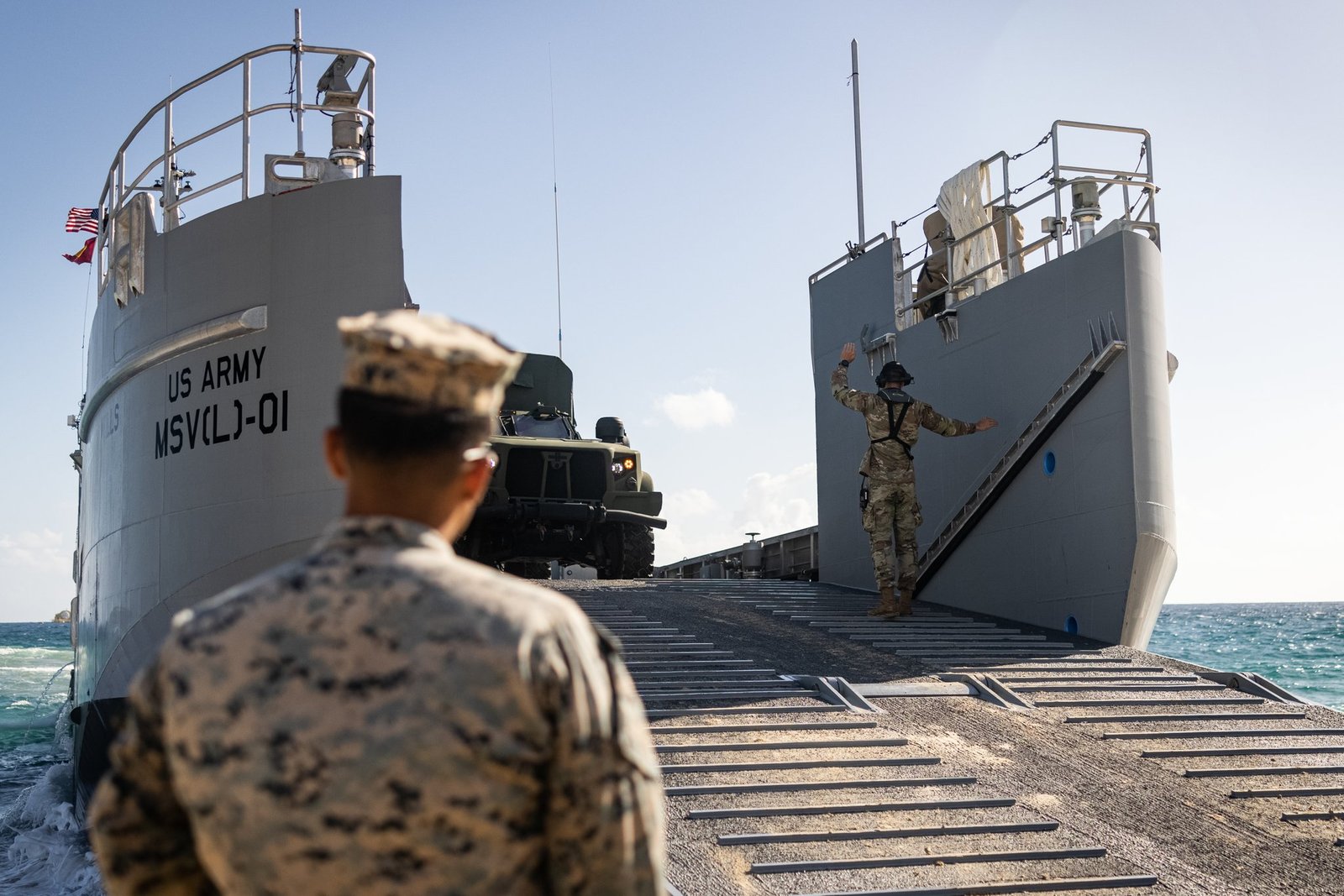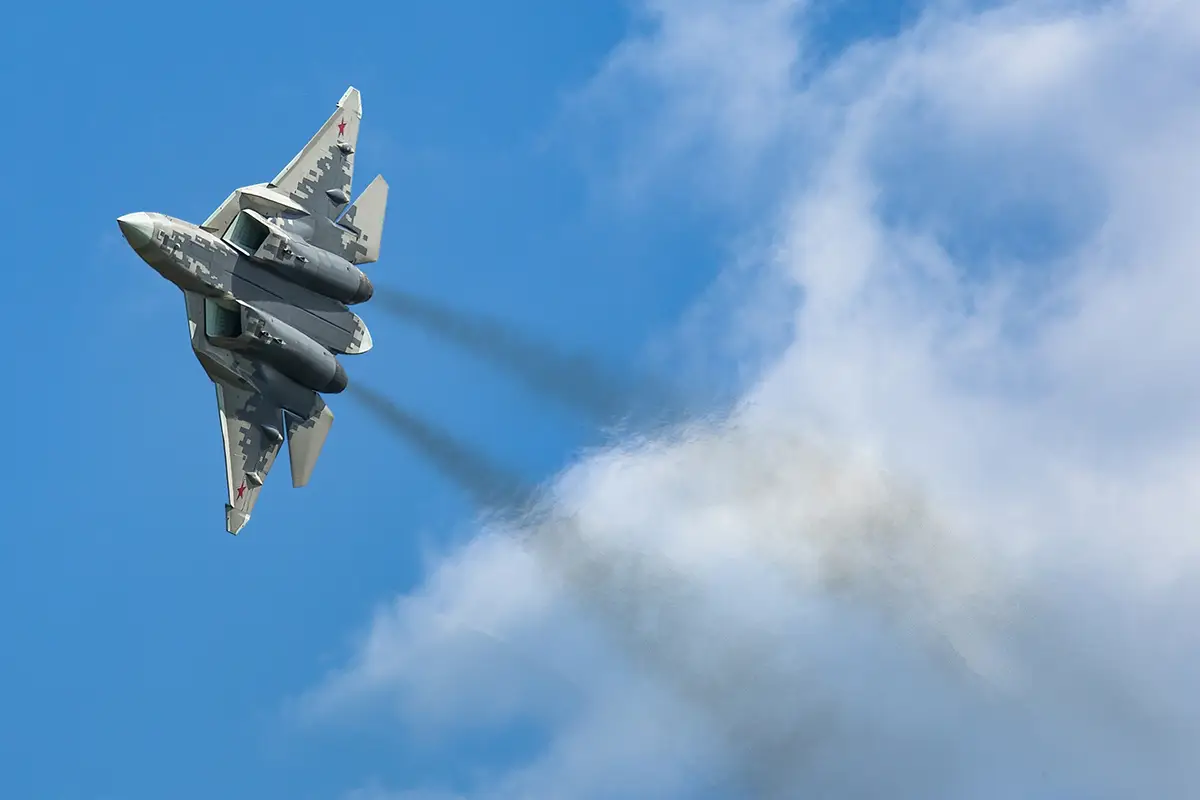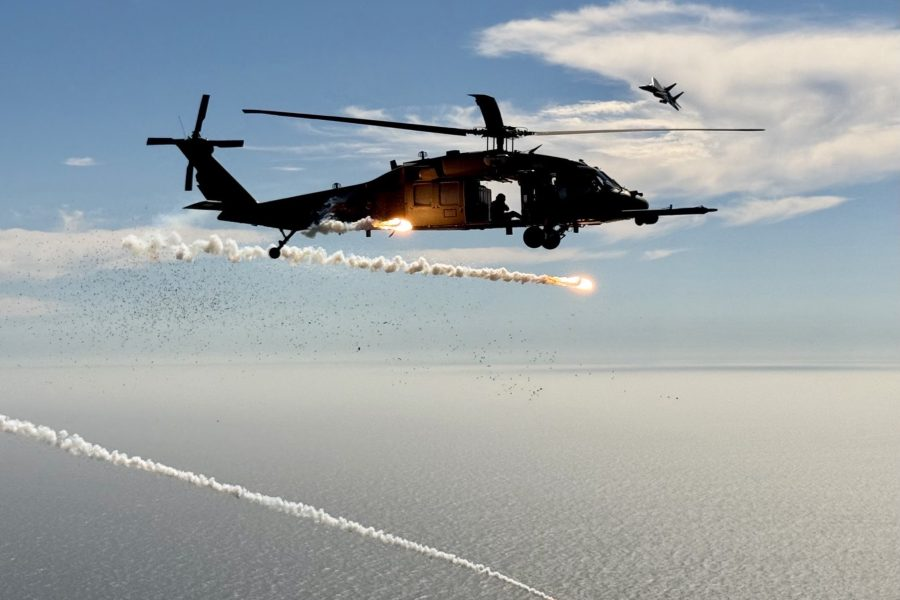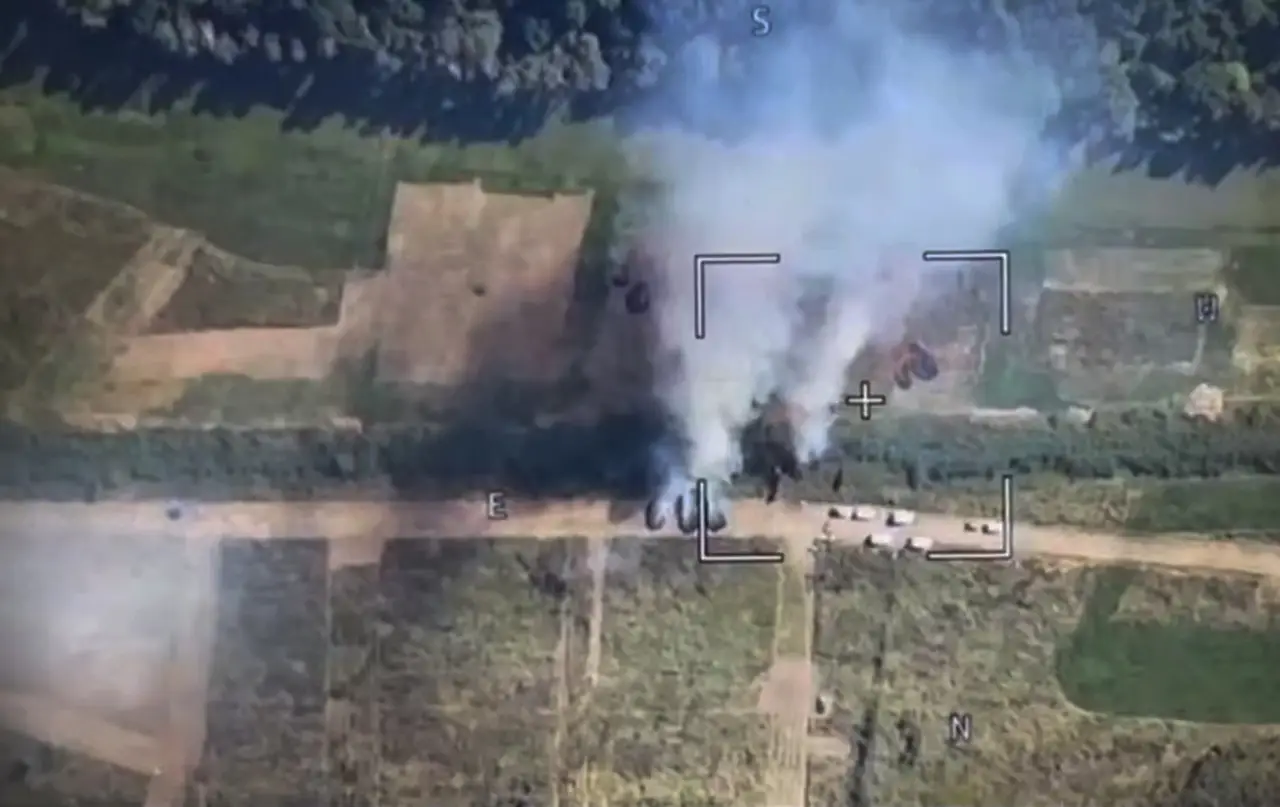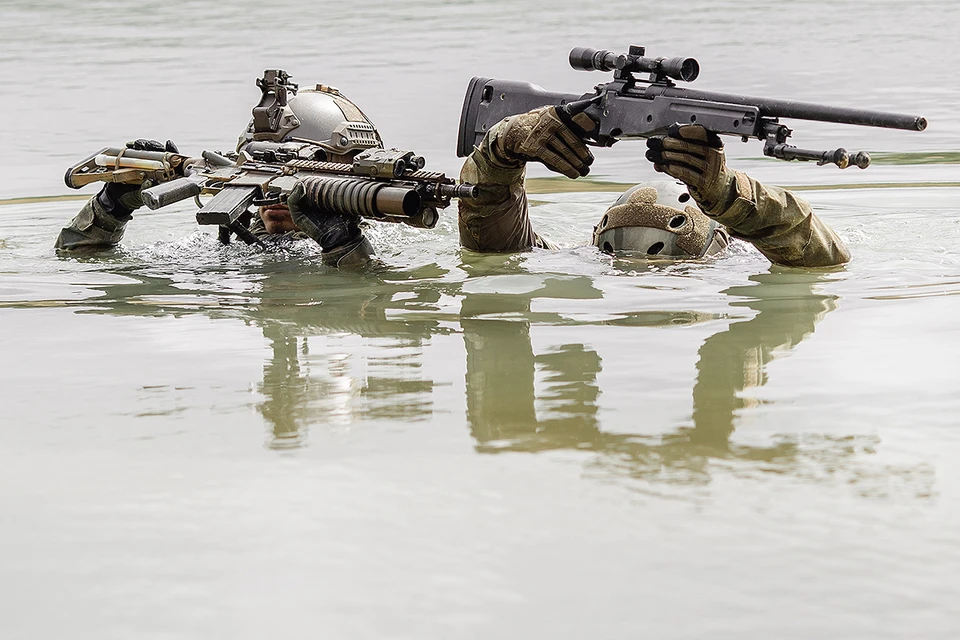
Why Russia Doesn’t Mind Losing Obsolete Equipment in the Long Term
from the Kurgan and the Boomerang to the T-90M tank and robotic platforms. Therefore, the massive losses paradoxically do not weaken Russia’s potential for the future, but can become a catalyst for its modernization.
The war in Ukraine, which entered its fourth year in 2025, has revealed a number of weaknesses and strengths of the Russian army. Among the most discussed topics are the huge losses in equipment – especially tanks, infantry fighting vehicles and armored personnel carriers. In the last months of 2025 alone, open sources show that Russia has lost hundreds of vehicles. At first glance, it might seem that this balance fundamentally weakens Russia’s combat capability and long-term ability to wage conventional warfare. However, a deeper look reveals a different picture: most of the losses concern equipment that has long reached the limit of its meaningful use. Russia is essentially sacrificing it in a conflict of attrition, while its real attention is focused on modernization programs, the development of which has long been hampered by the existence of large stockpiles. In this sense, it can be said that the mass depreciation of obsolete equipment represents not only a painful reality for the Kremlin, but also an opportunity to force the domestic arms industry to switch to new generations of combat equipment.
At the front, Russia consumes primarily equipment that is firmly rooted in the Cold War era in terms of design. The T-55/62/64/72 tanks, even in their modernized versions, with their armor and protection systems, are unable to withstand modern Western anti-tank weapons, such as Javelin missiles, NLAWs, or the latest versions of Spike guided missiles. The same problem applies to BTR armored personnel carriers, whose light armor cannot withstand mines or improvised explosive devices. The situation is even worse for the BMP-1 and BMP-2 infantry fighting vehicles, whose design dates back to the 1960s and 1970s and which act as extremely vulnerable vehicles on the modern battlefield.

The meaning and limits of stored equipment
The Russian army has one of the largest reserves of stored armored equipment in the world. Estimates speak of more than ten thousand tanks and several times the number of armored vehicles, which are located in warehouses throughout Russia – from the European part to Siberia and the Far East. On paper, these numbers look impressive, and in the early years of the war, they served as proof for Russian propaganda that the country was capable of replacing any losses with a virtually “unlimited” amount of reserves. However, a closer look reveals that the technical condition of a significant portion of the stored vehicles is problematic and their combat value questionable.
Many of the tanks stored in storage date from the 1970s and 1980s and have not been modernized since. Corrosion-weakened armor plates, outdated engines, and a lack of modern electronics mean that such vehicles are practically worthless on the modern battlefield. In many cases, Russian industry has resorted to so-called “cannibalization” – dismantling stored units for spare parts, which are then used to repair newer variants. This approach allows a certain amount of functional equipment to be maintained at the front in the short term, but in the long term leads to accelerated depletion of reserves.
In practice, the stored equipment functions primarily as a “buffer” – it provides the army with the opportunity to maintain the number of units, even though the quality of their weapons is dramatically decreasing. While this approach makes sense in conflicts of attrition, where it is crucial to fill the front and hold territory, in the perspective of future wars against more technologically advanced opponents, it is a path to a dead end. Russian generals are aware of this fact: the massive deployment of equipment at the limit of its service life is a temporary solution that cannot be sustained over a period of ten years or more.
This has a double consequence. On the one hand, the stored equipment allows Russia to absorb high losses without an immediate collapse of the front. On the other hand, its gradual depletion is a factor that inevitably pushes the Kremlin to decide to accelerate the mass production of new designs. Once the warehouses are exhausted, it will no longer be possible to postpone modernization projects and rely on seemingly endless reserves. In this sense, the limits of the stored equipment paradoxically become a stimulus for technological advancement – and this is key to understanding why Russia may not mind the current losses in the long term.

Losses as an incentive for modernization
In this regard, the Kurganets-25 heavy infantry fighting vehicle program is absolutely crucial, the prototypes of which were presented in 2015, but which were never fully introduced into service. The reason for this was the existence of thousands of BMP-1 and BMP-2 in storage, the gradual modernization of which seemed to be a cheaper option. Today, when these types are being massively destroyed in the field, the argument is changing. The Kurganets offers significantly higher ballistic protection, modern sensors and a modular concept that is adapted to the requirements of the current battlefield. A similar story is unfolding with the Bumerang wheeled combat vehicle, the production of which was postponed for a long time and is now reappearing on the table as a promising replacement for the exhausted BTR-80/82 fleet.
Another significant project is the BTR-22, which is being developed as a modern economically acceptable armored personnel carrier. This design could create a new standard in Russian motorized rifle units, which have so far relied on vehicles with minimal protection. At the same time, the production of T-90M tanks continues, which have proven to be significantly more durable than the older T-72 in the fighting in Ukraine, and the modernization/production of new T-80BVM tanks, which, thanks to their gas turbine engine, provide specific advantages in winter operations.

Developments in the field of robotic platforms are also worth noting. The project of the unmanned assault tank “Sturm” is one example of how Russian industry is trying to respond to massive crew losses and the rise of drone technology. If this concept can be brought to mass production, it may allow Russia to fill some of the gaps created by the liquidation of obsolete armored vehicles. Robotic means could also play a role in asymmetrically balancing the technological lead of the West.
In other words, the current losses are creating space and political will to make decisions that have been blocked so far. While in peacetime the Russian leadership could be content with having tens of thousands of usable equipment in stock, in a situation where these stocks are being depleted at a rate of several hundred units per month, it becomes necessary to switch to the production of new designs. The pressure of the front, the need to respond quickly to changing conditions, and the desire to maintain numerical superiority are thus acting as a catalyst that shifts the Russian defense industry from defensive to offensive mode.
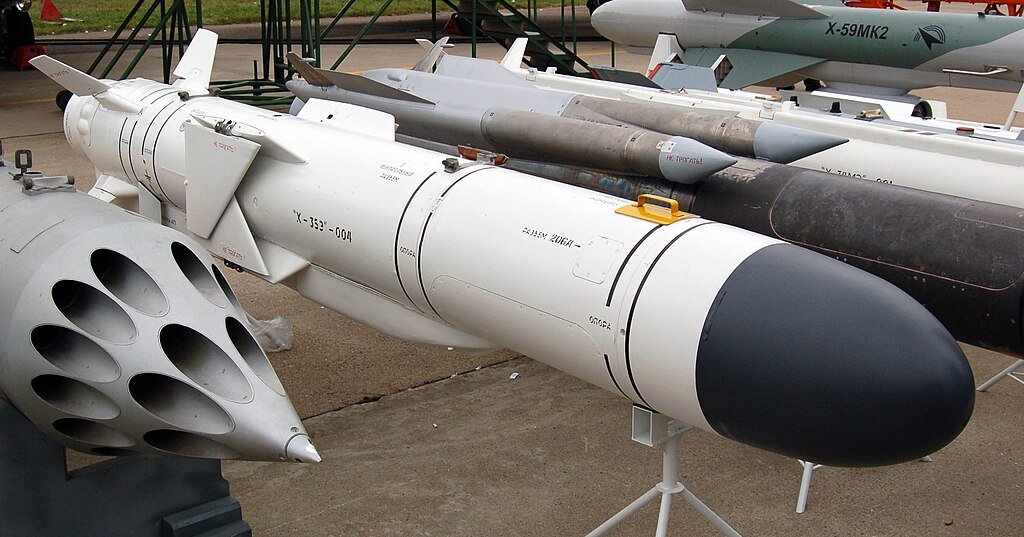

Martin Scholz

